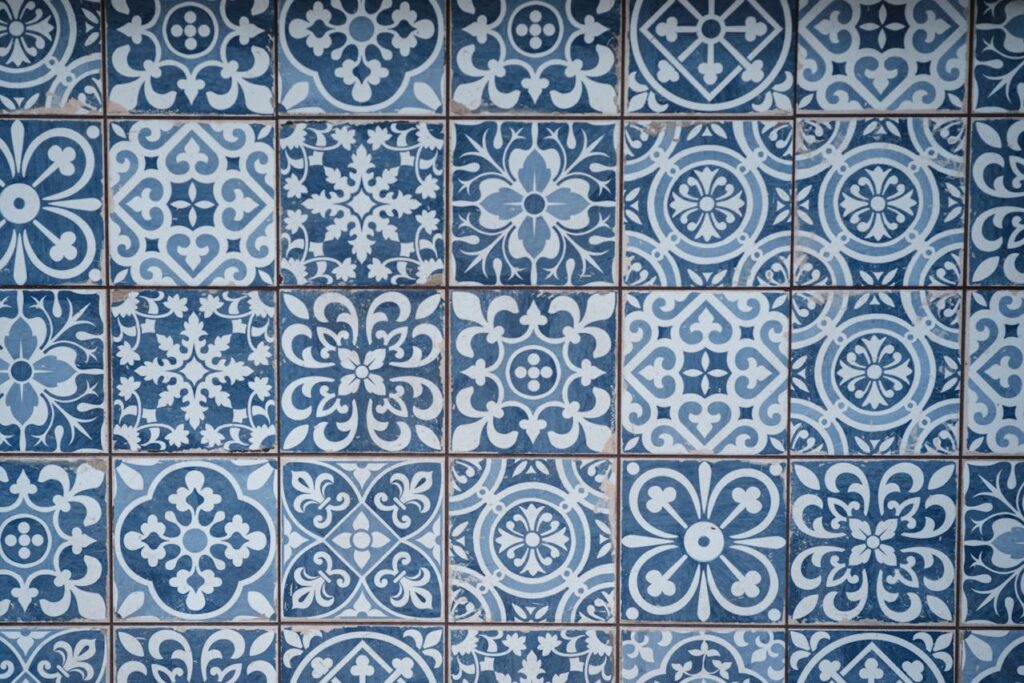Table of Contents
- Introduction
- Understanding Porcelain and Ceramic Tiles
- Durability and Strength Comparison
- Water Resistance and Moisture Handling
- Maintenance and Cleaning Requirements
- Design and Aesthetic Options
- Cost Considerations
- Installation Differences
- Best Applications for Each Tile Type
- Conclusion
Introduction
Selecting the right tile type is essential for Singapore homeowners seeking durable, stylish, and functional surfaces. Porcelain and ceramic tiles are two of the most popular options, each offering unique advantages by professional tiling contractor. Understanding their differences helps homeowners make informed decisions for flooring, walls, kitchens, and bathrooms. This guide compares porcelain and ceramic tiles, highlighting their benefits and ideal uses in Singapore homes.

Understanding Porcelain and Ceramic Tiles
Porcelain and ceramic tiles share similarities but have distinct characteristics:
- Ceramic Tiles: Made from red or white clay, baked at moderate temperatures, suitable for walls and floors with light to moderate traffic.
- Porcelain Tiles: Denser, made from refined clay, fired at higher temperatures, offering greater strength and water resistance.
Both tile types come in a variety of finishes, colors, and patterns, allowing for versatile design applications.
Durability and Strength Comparison
Tile strength is crucial for long-lasting surfaces:
- Ceramic Tiles: Adequate for residential areas with moderate foot traffic, but prone to chipping under heavy impact.
- Porcelain Tiles: Highly durable, resistant to wear, and suitable for high-traffic areas or commercial spaces.
- Porcelain’s density provides superior resistance to cracking and scratching.
Choosing the right tile based on traffic and usage ensures longevity.
Water Resistance and Moisture Handling
Water resistance is critical in Singapore’s humid climate:
- Ceramic Tiles: Less water-resistant, suitable for dry areas or walls.
- Porcelain Tiles: Highly impervious to water, ideal for bathrooms, kitchens, and outdoor spaces.
- Proper sealing and grout application further enhance water protection.
Porcelain is generally the preferred choice for wet and high-moisture areas.
Maintenance and Cleaning Requirements
Both tile types are low-maintenance but differ slightly:
- Ceramic Tiles: Easy to clean with mild detergents; avoid abrasive cleaners to prevent surface damage.
- Porcelain Tiles: Extremely low-maintenance, resistant to stains, and suitable for areas requiring frequent cleaning.
- Routine cleaning preserves shine and prevents dirt buildup in grout lines.
Maintenance simplicity makes both tiles practical for Singapore homes.
Design and Aesthetic Options
Tile design impacts interior style:
- Ceramic Tiles: Wide range of colors, textures, and patterns; lighter weight makes installation easier.
- Porcelain Tiles: Offers premium finishes such as polished, glazed, or natural stone effects; versatile for modern and traditional designs.
- Both types can complement minimalist, contemporary, or classic interiors.
Selecting a tile that aligns with design goals enhances the overall aesthetic.
Cost Considerations
Budget is an important factor in tile selection:
- Ceramic Tiles: Generally more affordable, suitable for larger coverage areas with moderate usage.
- Porcelain Tiles: Higher upfront cost but greater durability and longevity justify the investment.
- Long-term value should be weighed alongside initial purchase price.
Balancing cost and durability helps homeowners achieve functional and stylish spaces.
Installation Differences
Installation requirements vary between the two tile types:
- Ceramic Tiles: Lightweight, easier to cut and install, suitable for DIY projects with simple layouts.
- Porcelain Tiles: Heavier, harder to cut, often requiring professional installation and specialized tools.
- Proper installation ensures longevity, prevents cracking, and maintains appearance.
Professional guidance is recommended for porcelain, especially for large or high-traffic areas.
Best Applications for Each Tile Type
Understanding ideal usage ensures optimal performance:
- Ceramic Tiles: Walls, low-traffic residential areas, backsplashes, and decorative features.
- Porcelain Tiles: Floors, bathrooms, kitchens, outdoor spaces, and high-traffic areas requiring durability.
- Combining both types in a project allows homeowners to balance cost, functionality, and design.
Strategic selection maximizes both aesthetics and performance in Singapore homes.
Conclusion
Porcelain and ceramic tiles offer distinct advantages for Singapore homeowners. Porcelain excels in durability, water resistance, and premium design options, making it ideal for high-traffic and wet areas. Ceramic tiles are cost-effective, versatile, and suitable for walls and lower-traffic areas. Understanding their differences, maintenance needs, and installation requirements helps homeowners make informed choices. By selecting the right tile type for each application, Singapore homeowners can achieve stylish, long-lasting, and functional interiors that enhance both comfort and property value.
